
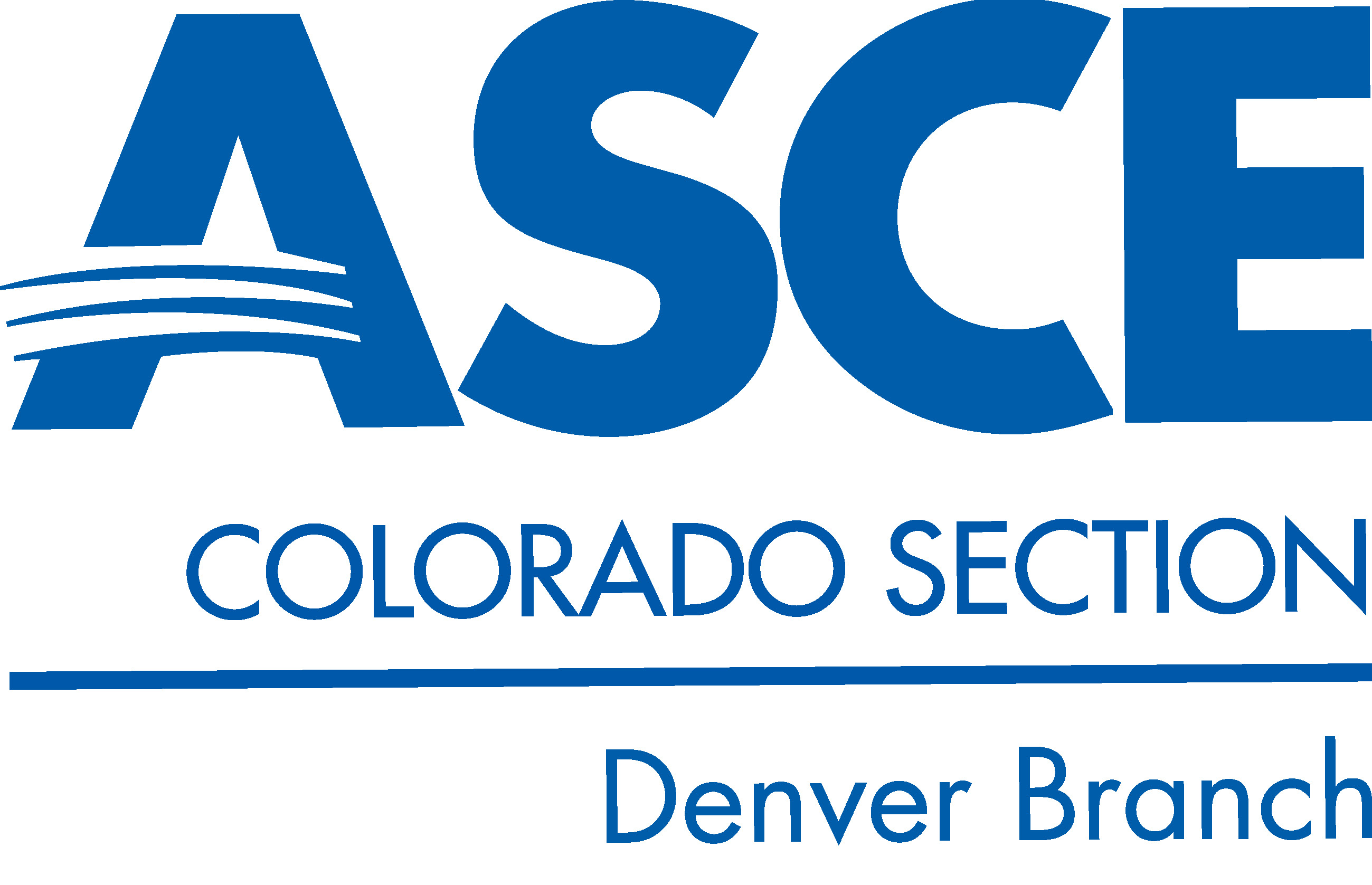
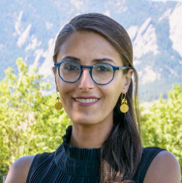 Bio: Dr. Shideh Dashti is an Associate Professor in Geotechnical Engineering and Geomechanics at the University of Colorado Boulder (CU) and the Acting Associate Dean for Research in the College of Engineering and Applied Science. She also directs a college-funded interdisciplinary research theme titled RISE: Resilient Infrastructure with Sustainability and Equity. Shideh obtained her undergraduate degree at Cornell University and graduate degrees at the University of California, Berkeley. She worked briefly with ARUP and Bechtel on several engineering projects in the US and around the world. Her research team at CU studies: the interactions and interdependencies among infrastructure systems during earthquakes and other disasters; seismic performance of underground structures; consequences and mitigation of the liquefaction hazard facing structures in urban settings; and the intersection of resilience, sustainability, and social justice. She is the recipient of the 2018 Arthur Casagrande Award and the 2021 Walter Huber Civil Engineering Research Prize from ASCE, among other honors and recognitions.
Bio: Dr. Shideh Dashti is an Associate Professor in Geotechnical Engineering and Geomechanics at the University of Colorado Boulder (CU) and the Acting Associate Dean for Research in the College of Engineering and Applied Science. She also directs a college-funded interdisciplinary research theme titled RISE: Resilient Infrastructure with Sustainability and Equity. Shideh obtained her undergraduate degree at Cornell University and graduate degrees at the University of California, Berkeley. She worked briefly with ARUP and Bechtel on several engineering projects in the US and around the world. Her research team at CU studies: the interactions and interdependencies among infrastructure systems during earthquakes and other disasters; seismic performance of underground structures; consequences and mitigation of the liquefaction hazard facing structures in urban settings; and the intersection of resilience, sustainability, and social justice. She is the recipient of the 2018 Arthur Casagrande Award and the 2021 Walter Huber Civil Engineering Research Prize from ASCE, among other honors and recognitions.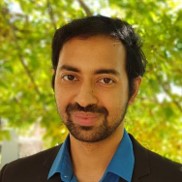 Bio: Dr. Srikanth S. C. Madabhushi is currently an Assistant Professor in the Geotechnical Engineering and Geomechanics Group and co-director for the Center of Infrastructure, Energy and Space Testing at the University of Colorado Boulder. He obtained his MEng and PhD at the University of Cambridge in 2014 and 2018 and was a post-doctoral research associate at the University of California Davis between 2018 and 2020. His research focus is on Geomechanics and Geohazards using physical and numerical modeling, and he has a particular interest in soil retaining systems, dynamic soil-structure interaction and coastal engineering.
Bio: Dr. Srikanth S. C. Madabhushi is currently an Assistant Professor in the Geotechnical Engineering and Geomechanics Group and co-director for the Center of Infrastructure, Energy and Space Testing at the University of Colorado Boulder. He obtained his MEng and PhD at the University of Cambridge in 2014 and 2018 and was a post-doctoral research associate at the University of California Davis between 2018 and 2020. His research focus is on Geomechanics and Geohazards using physical and numerical modeling, and he has a particular interest in soil retaining systems, dynamic soil-structure interaction and coastal engineering.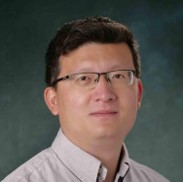 Bio: Dr. Yida Zhang is currently an assistant professor in the geotechnical engineering and geomechanics group at the University of Colorado Boulder. He obtained his PhD degree from Northwestern university in 2016, MS degree from Louisiana State University in 2012, and BS degree from Zhejiang University in 2010, all in civil engineering department. His specialty and research interests are constitutive modeling of geomaterials interacting with environmental factors, granular mechanics, poromechanics, thermodynamics, and energy geotechnics.
Bio: Dr. Yida Zhang is currently an assistant professor in the geotechnical engineering and geomechanics group at the University of Colorado Boulder. He obtained his PhD degree from Northwestern university in 2016, MS degree from Louisiana State University in 2012, and BS degree from Zhejiang University in 2010, all in civil engineering department. His specialty and research interests are constitutive modeling of geomaterials interacting with environmental factors, granular mechanics, poromechanics, thermodynamics, and energy geotechnics.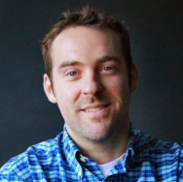 Bio: Dr. Brad Wham serves as Research Assistant Professor at the University of Colorado Boulder and the Center for Infrastructure, Energy, and Space Testing where he directs unique campus laboratories and diverse collaborations to conduct a range of research activities targeting resilient critical infrastructure systems, including water and energy distribution. He holds various degrees in geotechnical and structural engineer from Cornell University and Virginia Tech.
Bio: Dr. Brad Wham serves as Research Assistant Professor at the University of Colorado Boulder and the Center for Infrastructure, Energy, and Space Testing where he directs unique campus laboratories and diverse collaborations to conduct a range of research activities targeting resilient critical infrastructure systems, including water and energy distribution. He holds various degrees in geotechnical and structural engineer from Cornell University and Virginia Tech.